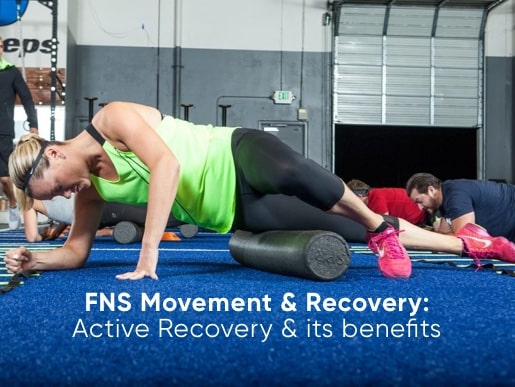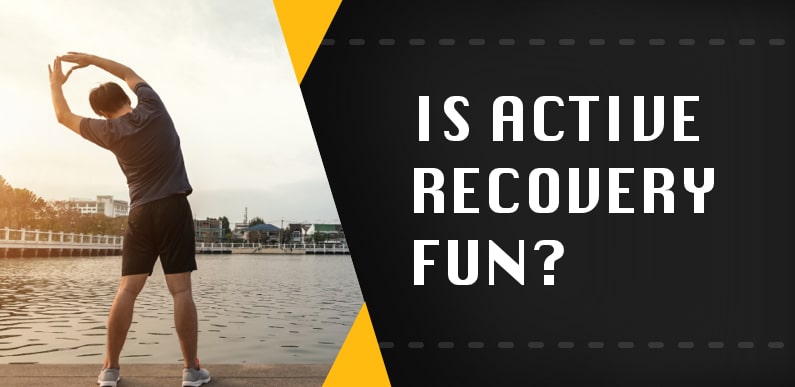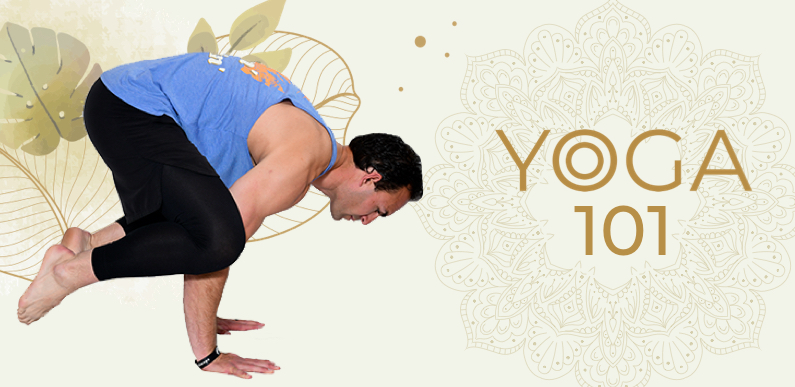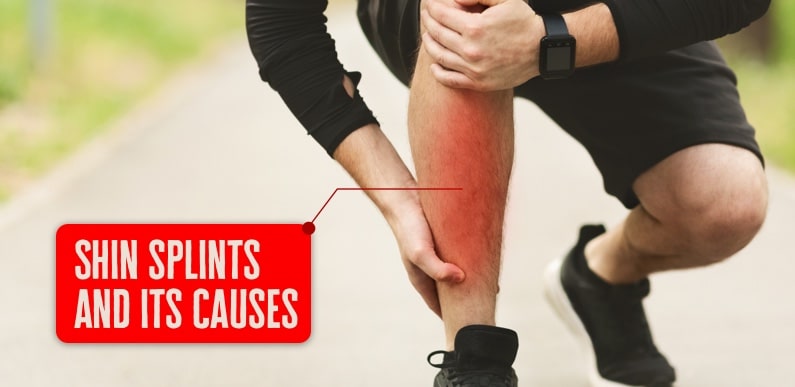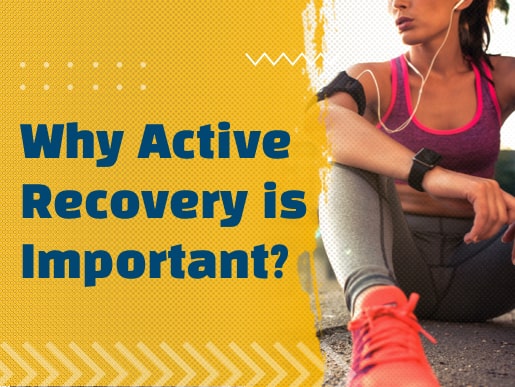When you think of active recovery, you’re probably wondering what makes it different from a rest day. Active recovery is part of training; yup, it’s different from ‘passive recovery.
An active recovery day includes low-intensity exercise or activity that increases blood flow to the muscles, aiding in recovery.


By moving your body, you may accelerate the healing process. But there is a catch: you must be active enough to boost blood flow while being gentle enough to enable your muscles to repair.
We should implement Active recovery into your rehabilitation journey.
Active recovery focuses on adaptable movements at a low intensity, ensuring a high level of inclusivity to people of all movement abilities during injury recovery.
Research suggests active recovery between exercise intervals improves performance on the next break. When you stay active between work intervals, it speeds up the removal of lactate and helps to reduce the acidity that hinders performance when you increase the intensity again.
Working at a lower intensity helps to increase recovery from your previous workout by increasing blood flow and circulation to your muscles and tissues.
Active recovery can produce several benefits, which include:
- Reducing post-exercise discomfort and delayed onset muscle soreness (DOMS) by minimizing the buildup of lactic acid in the muscles
- Promoting blood flow to joints and muscles lessens inflammation
- Helping to avoid the post-exercise fatigue that follows a heavy training day or sport event
- Improving mood and mental health through daily movement
- Contributing to a more healthy, balanced lifestyle and better food choices on ‘non-training’ days
- Increasing your cardiovascular fitness and endurance through working in aerobic training zones
In addition, getting in some active recovery on your rest or lighter load days will help you maintain your exercise routine by keeping the momentum going. If you’ve ever had a lazy weekend and struggled to get back into that first workout on Monday, you’ll know what we’re talking about!
Regarding exercise, recovery is essential, but healing doesn’t always entail total inactivity. There are days when passive rest is what your body needs but other times, taking a more active approach is the best way to boost recovery from exercise.
Examples of Active Recovery Exercises
Your active recovery session may range from 15 – 40 minutes, depending on your fitness level and available time. The great thing about active recovery is that it doesn’t have to be a structured training session – it’s more about moving daily, long-term, healthy habits.
Here are a few examples of what active recovery can be:
1. Slow & low-intensity
This can be a low-intensity session on a treadmill, cross trainer, rower, road or stationary bike to keep your heart rate between 120-140bpm (nothing too intense). Low-intensity, steady-state cardio is excellent for muscle recovery and promoting fat use for fuel through utilizing our aerobic energy systems.
Other options could be:
Swimming, water walking or aqua aerobics
Surfing, SUPing, gardening or hiking
Cycling: Sitting down on a stationary or outdoor bike is a great way to increase cardio gently. This form of recovery helps loosen your lower body joints.
2. Simple movements
One of the simplest ways to be active; while it may not feel like the most energetic activity, getting out for a walk can make a difference. This activity, like the others, gets your blood pumping. If you want to make your walk more challenging, try walking up a series of stairs or a hill.
Yoga lengthens our muscles and tendons, aids in their recovery, and helps our body develop better mobility and flexibility. Opt for gentle, restorative forms like Hatha or Yin, or try your local Body-Balance class.
3. Light physical activity or resistance training: Physical activity requires more action than passive rest but less than a workout. An example of light physical activity may include swimming, a diluted form of resistance training. An additional benefit of swimming is it is effortless on the joints and provides cardio and strength benefits.
You can use light weights or bodyweight movements incorporated into a low-moderate circuit.
4. Dynamic mobility
Moving through different ranges of motion, avoiding holding (stretching). Examples of mobility exercises include flow yoga and moving through the poses without taking breaks.
Dynamic stretching and mobility help prepare our body for the stressors of strength training and assist in injury prevention and flexibility.
5. Interval Training or self-myofascial release
Conduct physical activity movements in patterns, taking time between each activity, such as a lunge, to take a resting break. This light session can help increase your overall work capacity and strength.
Foam rolling and trigger point therapies are ideal for massaging inflamed and overtaxed muscles helping to alleviate muscle soreness by increasing blood flow to the area. This is great for active recovery but does ensure appropriate hydration.
It is important to note that active recovery should be a progressive process, slowly progressing in strength development.
Check out the link for more recovery blogs:
👉https://fns360.live/category/movement-and-recovery/.
You can also check out more such recovery videos
👉🏻 <ahttps://www.youtube.com/playlist?list=PLnUgau23VhrXZ_OVqBfdPNXmqyrL8tlKw href=””>FNS Yoga & Mobility Recovery Session

